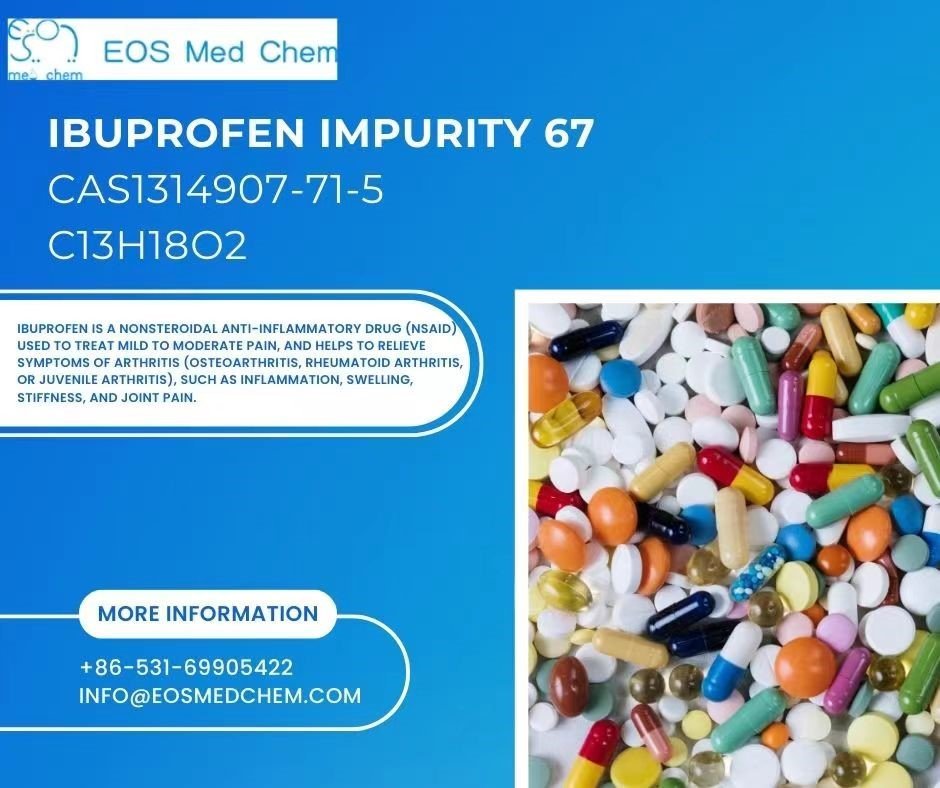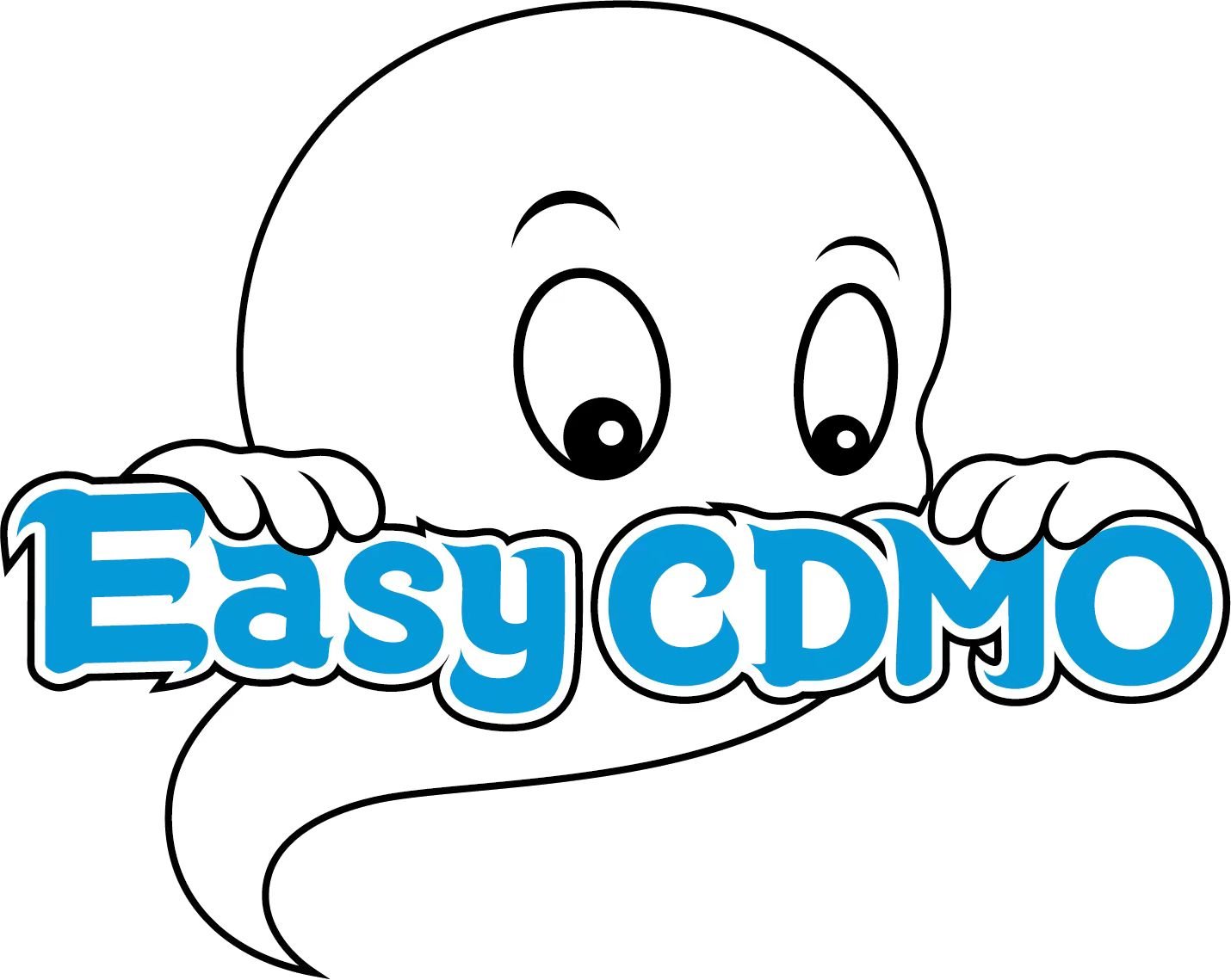BIS-MAL-LYSINE-PEG4-TFP ESTER: A COMPREHENSIVE OVERVIEW
ali

INTRODUCTION:
Bis-Mal-Lysine-PEG4-TFP Ester, with the chemical formula C37H45F4N5013 and CAS number 1426164-53-5, is a compound of significant interest in the field of bioconjugation and drug delivery. This article aims to provide a detailed exploration of its properties, applications, synthesis, and potential future directions.
CHEMICAL STRUCTURE AND COMPOSITION:
Bis-Mal-Lysine-PEG4-TFP Ester is composed of 37 carbon atoms, 45 hydrogen atoms, 4 fluorine atoms, 1 nitrogen atom, and 13 oxygen atoms. Its molecular structure features a polyethylene glycol (PEG4) linker connected to two malonate groups, each conjugated to a lysine residue. The terminal functional group is a TFP ester, facilitating conjugation reactions with primary amine groups.
SYNTHESIS:
The synthesis of Bis-Mal-Lysine-PEG4-TFP Ester typically involves multi-step organic synthesis techniques. The polyethylene glycol (PEG) linker is often prepared through polymerization of ethylene oxide, followed by functionalization to introduce reactive end groups. Malonate derivatives are then reacted with lysine residues under controlled conditions to form the bis-maleimide structure. Finally, the TFP ester group is added using a coupling agent such as TFP (trifluoromethanesulfonate) activated ester, leading to the formation of the final compound.
PROPERTIES:
Bis-Mal-Lysine-PEG4-TFP Ester exhibits several key properties that make it valuable in biomedical applications. Its water solubility, biocompatibility, and stability under physiological conditions make it suitable for use in conjugation reactions with biomolecules such as proteins, peptides, and antibodies. The presence of the PEG4 spacer enhances its pharmacokinetic profile by reducing immunogenicity and improving circulation time.
APPLICATIONS:
- BIOCONJUGATION:
Bis-Mal-Lysine-PEG4-TFP Ester is widely employed in bioconjugation strategies to link therapeutic agents to targeting ligands or imaging probes. The reactive TFP ester group selectively reacts with primary amines on biomolecules, forming stable amide bonds. This enables the precise attachment of payloads to targeting moieties, facilitating the development of targeted therapeutics and diagnostic tools.
- DRUG DELIVERY:
In drug delivery applications, Bis-Mal-Lysine-PEG4-TFP Ester serves as a versatile linker for the construction of drug conjugates and nanoparticles. By conjugating drugs to targeting ligands via the PEG4 spacer, researchers can enhance drug solubility, improve biodistribution, and achieve site-specific delivery to diseased tissues. Additionally, the controlled release of payloads from PEGylated carriers can prolong therapeutic efficacy and minimize off-target effects.
- IMAGING AGENTS:
The conjugation of imaging probes to Bis-Mal-Lysine-PEG4-TFP Ester enables the development of molecular imaging agents for various modalities, including positron emission tomography (PET), single-photon emission computed tomography (SPECT), and fluorescence imaging. By incorporating contrast agents or fluorophores into bioconjugates, researchers can visualize biological processes in vivo, monitor disease progression, and assess the efficacy of therapeutic interventions.
FUTURE DIRECTIONS:
As research in the fields of bioconjugation and drug delivery continues to advance, Bis-Mal-Lysine-PEG4-TFP Ester is likely to play an increasingly prominent role. Future studies may focus on optimizing its synthetic routes to improve yield and purity, exploring alternative linker designs to enhance biocompatibility and stability, and investigating novel applications in targeted therapy, personalized medicine, and theranostics.
ROLE IN ANTIBODY DRUG CONJUGATES (ADCS):
Bis-Mal-Lysine-PEG4-TFP Ester plays a crucial role in the development of Antibody Drug Conjugates (ADCs), a class of targeted cancer therapies. In ADCs, a cytotoxic drug payload is conjugated”to a monoclonal antibody, allowing for specific delivery to tumor cells expressing the target antigen. Bis-Mal-Lysine-PEG4-TFP Ester facilitates the conjugation of the drug to the antibody via the formation of stable linkages, ensuring efficient and selective delivery of the payload to the tumor site while minimizing systemic toxicity. This approach has led to the development of several FDA-approved ADCs for the treatment of various cancers, highlighting the importance of Bis-Mal-Lysine-PEG4-TFP Ester in the field of targeted therapy.
APPLICATIONS IN PROTEIN ENGINEERING:
Bis-Mal-Lysine-PEG4-TFP Ester finds applications in protein engineering and modification. By functionalizing proteins with chemical moieties via site-specific conjugation, researchers can modulate protein function, stability, and pharmacokinetic properties. Bis-Mal-Lysine-PEG4-TFP Ester enables the precise attachment of PEGylated groups or other functional molecules to specific amino acid residues on the protein surface, allowing for the customization of protein therapeutics for enhanced efficacy and reduced immunogenicity. This approach has broad implications in the development of biologics, including cytokines, enzymes, and antibodies, with potential applications in autoimmune diseases, cancer therapy, and regenerative medicine.
ADVANCEMENTS IN THERAPEUTIC NANOPARTICLES:
Bis-Mal-Lysine-PEG4-TFP Ester plays a key role in the development of therapeutic nanoparticles for drug delivery. By conjugating drug molecules to nanoparticles via the PEG4 linker, researchers can encapsulate hydrophobic drugs, improve drug stability, and enhance drug circulation time in vivo. Additionally, the surface functionalization of nanoparticles with targeting ligands using Bis-Mal-Lysine-PEG4-TFP Ester allows for site-specific delivery to diseased tissues or cells, minimizing off-target effects and improving therapeutic efficacy. Recent advancements in nanoparticle engineering, coupled with the versatility of Bis-Mal-Lysine-PEG4-TFP Ester as a linker molecule, hold promise for the development of next-generation nanomedicines with enhanced targeting precision and therapeutic outcomes.
ROLE IN MOLECULAR IMAGING:
Bis-Mal-Lysine-PEG4-TFP Ester serves as a valuable tool in the development of molecular imaging agents for non-invasive visualization of biological processes in vivo. By conjugating imaging probes such as radionuclides or fluorophores to targeting ligands via the TFP ester group, researchers can track disease progression, monitor treatment response, and assess drug distribution in real-time. Molecular imaging techniques, enabled by Bis-Mal-Lysine-PEG4-TFP Ester, hold immense potential for personalized medicine, allowing for the early detection of diseases, optimization of therapeutic regimens, and patient stratification based on molecular phenotypes. Ongoing advancements in imaging modalities and conjugation chemistries are expected to further expand the utility of Bis-Mal-Lysine-PEG4-TFP Ester in molecular imaging applications, paving the way for precision medicine approaches tailored to individual patient needs.
UNDERSTANDING THE MECHANISM OF ACTION:
Bis-Mal-Lysine-PEG4-TFP Ester operates through a mechanism of controlled chemical conjugation, facilitating the precise attachment of payloads to biomolecules. The TFP ester group acts as a reactive moiety, selectively targeting primary amines on proteins, peptides, or other biomolecules. This nucleophilic substitution reaction results in the formation of stable amide bonds, ensuring the covalent attachment of the payload to the target molecule. The PEG4 spacer enhances flexibility and solubility, minimizing steric hindrance and improving accessibility to the reactive site. This mechanism enables the site-specific modification of biomolecules, allowing for the design of tailored therapeutics, imaging agents, and drug delivery systems with enhanced efficacy and specificity.
BIOCOMPATIBILITY AND SAFETY CONSIDERATIONS:
One of the key advantages of Bis-Mal-Lysine-PEG4-TFP Ester is its high biocompatibility and safety profile. The chemical structure of the compound is designed to minimize immunogenicity and off-target effects, making it suitable for in vivo applications. The PEG4 spacer, in particular, imparts hydrophilicity and stealth properties, reducing protein adsorption and clearance by the immune system. Furthermore, the controlled conjugation process ensures the formation of stable linkages, minimizing the risk of premature payload release and systemic toxicity. These attributes make Bis-Mal-Lysine-PEG4-TFP Ester an attractive candidate for use in clinical settings, where safety and biocompatibility are paramount considerations.
CHALLENGES AND LIMITATIONS:
Despite its many advantages, Bis-Mal-Lysine-PEG4-TFP Ester also presents certain challenges and limitations. One potential limitation is the requirement for primary amine groups on the target biomolecule for efficient conjugation. This may restrict the applicability of Bis-Mal-Lysine-PEG4-TFP Ester to molecules lacking suitable reactive sites. Additionally, the synthesis of Bis-Mal-Lysine-PEG4-TFP Ester and its conjugates can be complex and time-consuming, requiring specialized expertise and equipment. Furthermore, the stability of the TFP ester group under physiological conditions must be carefully controlled to prevent premature hydrolysis and degradation. Addressing these challenges will be essential for maximizing the utility of Bis-Mal-Lysine-PEG4-TFP Ester in biomedical research and clinical practice.
EMERGING TRENDS AND FUTURE DIRECTIONS:
Looking ahead, several emerging trends and future directions are poised to shape the continued development and application of Bis-Mal-Lysine-PEG4-TFP Ester. These include the integration of advanced conjugation chemistries and bioorthogonal reactions to expand the scope of target molecules and improve conjugation efficiency. Furthermore, the development of novel delivery systems, such as exosomes and lipid nanoparticles, may enhance the pharmacokinetic properties and targeting capabilities of Bis-Mal-Lysine-PEG4-TFP Ester conjugates. Additionally, advancements in imaging modalities, such as multi-modal imaging and theranostics, are expected to drive the demand for Bis-Mal-Lysine-PEG4-TFP Ester-based probes and contrast agents. By leveraging these emerging trends and technologies, researchers can harness the full potential of Bis-Mal-Lysine-PEG4-TFP Ester to address unmet needs in disease diagnosis, treatment, and monitoring.
BIOMEDICAL APPLICATIONS IN THERAPEUTIC ANTIBODIES:
Bis-Mal-Lysine-PEG4-TFP Ester plays a significant role in the development of therapeutic antibodies, particularly in improving their pharmacokinetic properties and targeting capabilities. By conjugating antibodies to cytotoxic drugs or imaging agents via Bis-Mal-Lysine-PEG4-TFP Ester, researchers can create Antibody-Drug Conjugates (ADCs) or Antibody-Imaging Agent Conjugates (AICs). These conjugates combine the specificity of antibodies with the potency of cytotoxic drugs or the imaging capabilities of contrast agents, enabling targeted therapy or imaging of specific disease markers. Bis-Mal-Lysine-PEG4-TFP Ester serves as a versatile linker in these conjugates, facilitating stable attachment of payloads to the antibody while minimizing non-specific interactions and preserving antibody binding affinity. The development of ADCs and AICs holds promise for improving cancer treatment outcomes and enhancing diagnostic accuracy in various diseases.
INNOVATIONS IN PERSONALIZED MEDICINE:
The versatility of Bis-Mal-Lysine-PEG4-TFP Ester has spurred innovations in personalized medicine, where treatments are tailored to individual patient characteristics. By conjugating therapeutic agents to targeting ligands via Bis-Mal-Lysine-PEG4-TFP Ester, researchers can create personalized drug delivery systems that selectively target diseased tissues or cells while sparing healthy ones. This approach minimizes systemic toxicity and maximizes therapeutic efficacy, particularly in patients with heterogeneous diseases or drug-resistant tumors. Furthermore, the use of Bis-Mal-Lysine-PEG4-TFP Ester in molecular imaging allows for non-invasive monitoring of disease progression and treatment response, guiding personalized treatment strategies and optimizing patient outcomes. As personalized medicine continues to evolve, Bis-Mal-Lysine-PEG4-TFP Ester-based technologies are poised to play a pivotal role in improving patient care and clinical outcomes.
BIOCONJUGATION STRATEGIES FOR BIOMATERIALS ENGINEERING:
Bis-Mal-Lysine-PEG4-TFP Ester is instrumental in bioconjugation strategies for biomaterials engineering, where biomolecules are incorporated into synthetic materials to create functionalized surfaces or scaffolds. By functionalizing biomaterials with Bis-Mal-Lysine-PEG4-TFP Ester, researchers can introduce specific biological functions or properties to the material, such as cell adhesion, bioactivity, or drug loading capacity. This enables the design of biomaterials with tailored properties for applications in tissue engineering, regenerative medicine, and drug delivery. Moreover, the controlled conjugation of biomolecules to biomaterials using Bis-Mal-Lysine-PEG4-TFP Ester allows for the creation of multifunctional platforms capable of modulating cellular behavior, promoting tissue regeneration, or delivering therapeutics in a spatiotemporally controlled manner. As biomaterials continue to evolve as critical tools in biomedical research and clinical practice, Bis-Mal-Lysine-PEG4-TFP Ester-based bioconjugation strategies hold immense potential for advancing biomaterials engineering and tissue regeneration technologies.
IN CONCLUSION:
Bis-Mal-Lysine-PEG4-TFP Ester stands as a versatile and indispensable tool in biomedical research and clinical applications. Its unique chemical structure, coupled with its favorable properties, enables precise and efficient conjugation of therapeutic agents, imaging probes, and biomolecules, facilitating the development of targeted therapies, diagnostic tools, and biomaterials with enhanced efficacy and specificity. From its role in antibody drug conjugates to its applications in personalized medicine and biomaterials engineering, Bis-Mal-Lysine-PEG4-TFP Ester continues to drive innovation and shape the landscape of modern biomedicine. As research advances and new technologies emerge, the versatility and utility of Bis-Mal-Lysine-PEG4-TFP Ester are expected to further expand, offering new opportunities for improving patient care, advancing scientific understanding, and addressing unmet medical needs.

